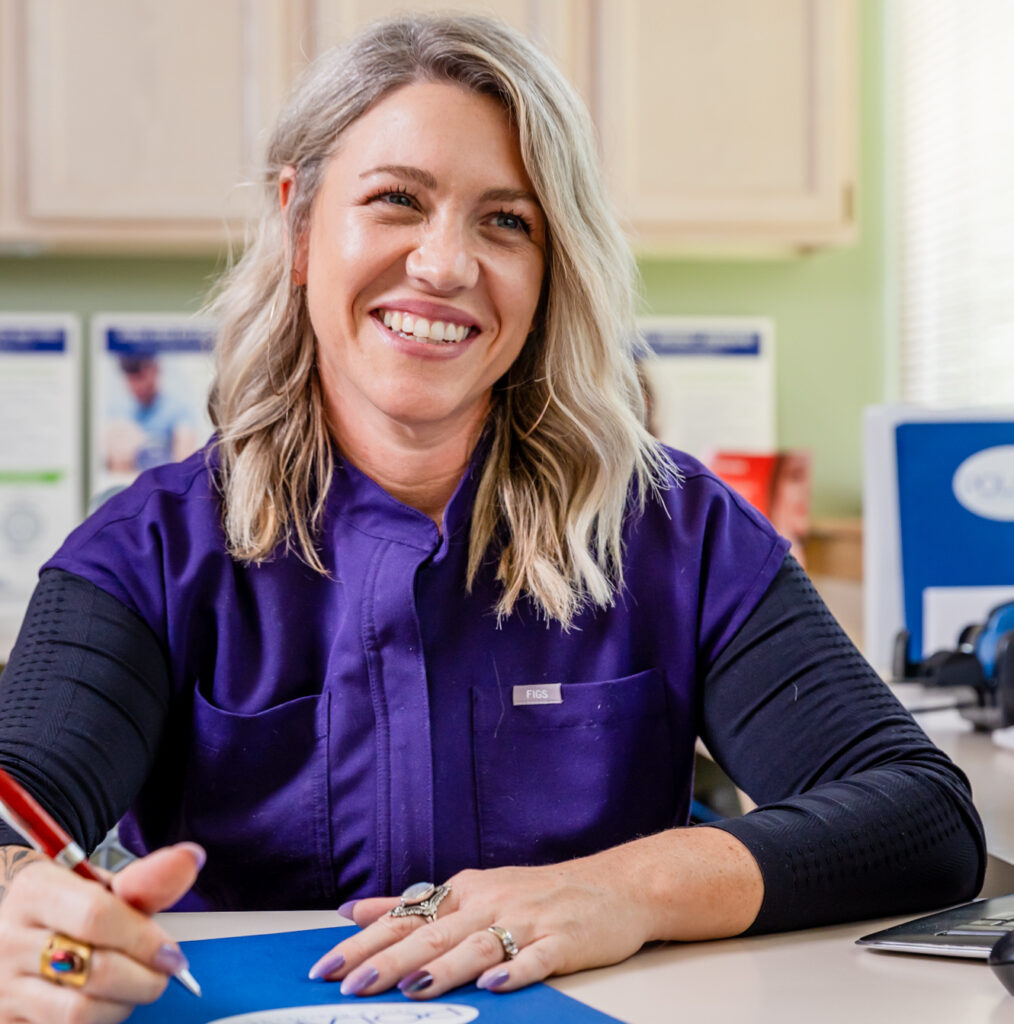
Your circulatory system is made up of your heart and your blood vessels, and it’s responsible for sending blood, oxygen and nutrients throughout your body. If part of this system becomes blocked, or blood flow is greatly reduced in one or several areas, it can result in symptoms of poor circulation and lead to other problems, like varicose veins. Here are some examples of health conditions and medications that can affect the circulatory system and blood flow.
Venous Disease vs. Arterial Disease
Even though artery blockage and venous insufficiency are two different problems, both veins and arteries are involved in the process of circulation. People with poor circulation may suffer from both arterial and venous disorders. Luckily, there are qualified doctors available to treat each of the following causes of poor circulation.
Atherosclerosis
High blood pressure, smoking and high cholesterol can damage the inside layer of the arteries, causing plaque to form. As the plaque builds up over time, it can block the arteries and reduce or stop blood flow. These blockages can be painful, and even rupture and cause blood clots. Atherosclerosis can also cause peripheral artery disease (PAD) which, in severe cases, may lead to gangrene or the loss of a limb.
Peripheral Artery Disease
Peripheral artery disease (PAD) is a circulatory condition that causes blood vessels and arteries to narrow, commonly in the legs, resulting in poor circulation. Decrease blood flow to the extremities may cause pain, numbness, tingling, and nerve and tissue damage. PAD can become so severe that arteries actually become blocked. If left untreated, plaque can build up in the arteries and cause a stroke, heart attack, or ischemia to a limb.
Diabetes
Diabetes is commonly associated with blood sugar levels, but it can also cause poor circulation. Symptoms like painful leg cramps can extend to the calves, thighs or buttocks, making it difficult for active people to stay active. People with diabetes also have an increased risk of developing atherosclerosis.
Varicose Veins
Varicose veins are caused by blood pooling in the veins as a result of valve failure. These unattractive veins are often found on the lower legs, can appear large, gnarled and twisted, and are often blue or purple in color. If left untreated, poor circulation may become a problem and other health issues may arise, such as blood clots, deep vein thrombosis, ulcers and more. In addition, varicose veins do not go away on their own and can get progressively worse over time.
Blood Clots
Blood clots can develop almost anywhere in the veins in your body, and for a variety of reasons. Because they block blood flow, blood clots that develop in your arms or legs can create circulation problems. One very dangerous trait of blood clots is they can move through the body, and if one enters your heart it can lead to a pulmonary embolism. Varicose veins can also lead to blood clots and deep vein thrombosis.
Medications and Blood Vessels
We all know prescription meds can have a laundry list of negative side effects. Sure, they help treat one symptom, but then a multitude of others appear. Many drugs on the market today can alter vascular tone, or the degree of constriction in blood vessels. The problem is if the blood vessels narrow too much, blood pressure increases and can lead to a stroke or heart attack.
New Medicines to Improve Circulation
Poor blood circulation in the veins of the legs can be a result of genetics or health issues. When blood cannot move sufficiently up the legs and back to the heart, pain, swelling, feelings of heaviness, tingling, cramps and varicose veins all may develop. In search of medications to alleviate these symptoms and help improve blood flow in the veins of their legs, various drug tests have been performed.
Medication vs. Surgery
Claims have been made of the benefits of oral and topical medications for the treatment of vein disease. However, there is actually no proven benefit to those types of treatments. Today, minimally invasive vein treatments are a safe and affordable option that have been performed for many years with great success. Why run the risk of adverse side effects caused by a new drug that claims it can help? If you’re unsure of the severity of your varicose veins, make an appointment with a vein care specialist at Columbus Vein Center where a doctor can advise you on treatment options.
Whether or not you suffer from poor circulation due to a health issue, if you’ve experienced leg pain, tingling or numbness, or noticed visible veins developing in your legs, contact Columbus Vein Center to schedule a consultation today. Don’t wonder, get answers. In the meantime, here’s some helpful information on how to improve the circulation in your legs.
